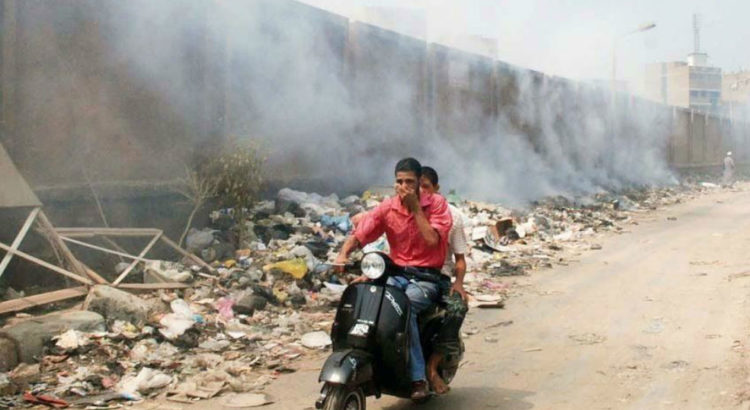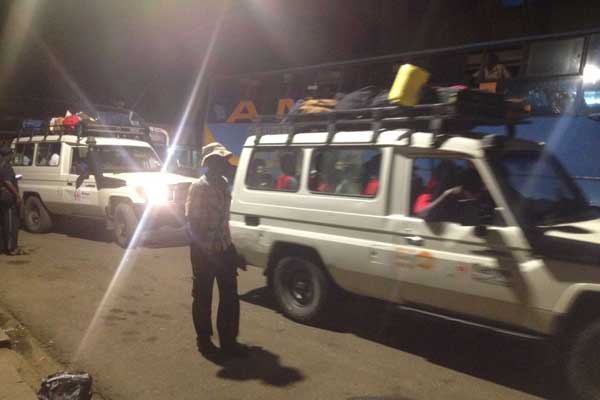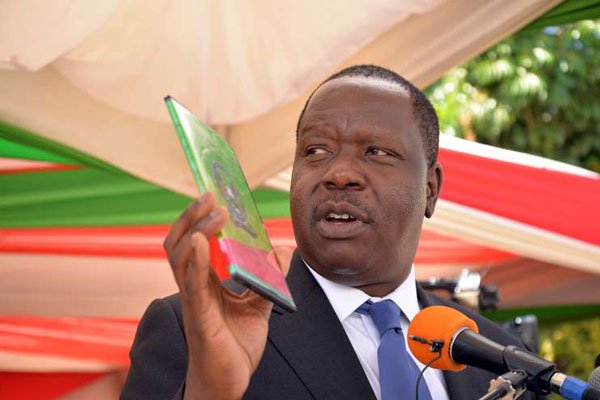Kenya/December 12, 2017/By Duncan Omanga/Source: ttps://www.standardmedia.co.ke
Once upon a time, parents encouraged their children to work hard in school to secure a better future. As a young boy, life was a simple reductive. Good grades begat a good life and more options. This remains partly true, but in modern Kenya making the grade is not just about career and choices. Getting the right grades has become symbolic of social status and a tool for both maintenance and negotiation of one’s position within complex social class categories.
There was a time when a poor boy or girl from Nyamakoroto could top the exams amid a punishing routine of tea picking, rearing goats and being a pupil. Those days are gone. As the recently released Kenya Certificate of Primary Education (KCPE) results indicate, the new heroes of our examination system are the urbane, privately schooled children of middle and upper-middle class families.
A similar trend is likely to be repeated when the Kenya Certificate of Secondary Education (KCSE) results are released. Of the primary schools that featured in the top 100, I could barely identify a single public school. Being poor and possessing a lower social-economic status is now officially the greatest hurdle to academic success in Kenya.
Kenya’s poor are having a raw deal right through to universities. Scholars define education inequality as the extent to which supply of education as a good, and the benefits that accrue from it favour certain individual(s), group, generation, race or region.
I shall restrict my focus to the social class divide and how it impacts higher education in Kenya.
Kenya is a most unequal society. This inequality partly draws from a colonial project that rewarded and privileged specific ‘railway line’ administrative outposts over outlying areas. The colonial regime later bequeathed newly independent Kenya with an education system that was set up to offer unequal treatment based on racial or ethnic criteria.
Over time, the exaltation of a capitalistic dispensation in successive post-colonial regimes only made worse the inequality. With the entrenchment of political tribalism and moral ethnicity, access to political power further accentuated this divide along ethnic fault lines. While counties in the former Central Province have 100 per cent access to primary education, in the former North Eastern Province the figure stands at around 34 per cent, despite primary school education being free. In the ‘80s, counties in the former Rift Valley Province had low literacy rates. This radically changed under former President Daniel Moi’s reign. The link between political power (whether real or imagined) and quality education is significant.
Poor quality
Experts also cite the advent of free primary education as a contributor of poor quality, and the reason for the flight from public to private schools by parents who value quality over massification of learning.
The popularity and spread of private schools and ‘academies’ deep in the rural areas is an indictment of the publicly offered free education, and evidence of a hunger for quality even among less endowed households. But how does such inequality affect the texture of higher education in Kenya?
Private primary schools constitute about 10 per cent of all primary schools, but about 60 per cent of pupils from these schools are admitted to national secondary schools and over 75 per cent of access university education. However, in the ‘90s universities admitted students from more socially diverse backgrounds than they are today.
Programmes like Medicine, Engineering and Law comprised a mix of individuals from diverse social-economic backgrounds.
Today, owing to the nature of pupils in primary schools securing places in elite secondary schools, these programmes are socially homogeneous. The students who attend private primary schools eventually end up dominating the more competitive programmes in universities. As such, growing up in a poor home in a rural area is a handicap.
When relatively economically disadvantaged students end up in university, there is a greater chance of them getting admitted in those programmes perceived to be unpopular. Most of these programmes are often those that comprise huge classes, are superficially taught and are usually the easiest for universities to mount as they require little physical or financial resources. And because of the limited agency that socially disadvantaged students have in making a choice of both the university programme and campus of choice, it is mostly this category of students that often act as sites of experiment for far-flung university campus or newly established ‘political’ university campuses that need students to start off.
The situation is even more complicated for graduate studies. It is no longer possible for ‘sons and daughters of peasants’ to access graduate studies. For the past 10 years, graduate studies in local universities have more than tripled.
Meanwhile, most universities no longer offer scholarships to bright but needy students. A graduate study has become an elitist preoccupation. The higher education system now rewards more the paying rather than the capable student.
To address the inequality in education, the government must stop politicising education, and move from articulating provision of education as a political freebie, to provision of free education as a basic right. This means heavy investment in public education.
Public education should not be allowed to suffer the same fate as the public health sector. Further, there is need for proper resource based devolution of the education function to counties. In Germany, where education is completely devolved to the states, healthy competition has improved quality.
Source:
Read more at: https://www.standardmedia.co.ke/article/2001262669/why-ugly-face-of-inequality-in-education-will-cost-us















 Users Today : 11
Users Today : 11 Total Users : 35460941
Total Users : 35460941 Views Today : 34
Views Today : 34 Total views : 3420321
Total views : 3420321